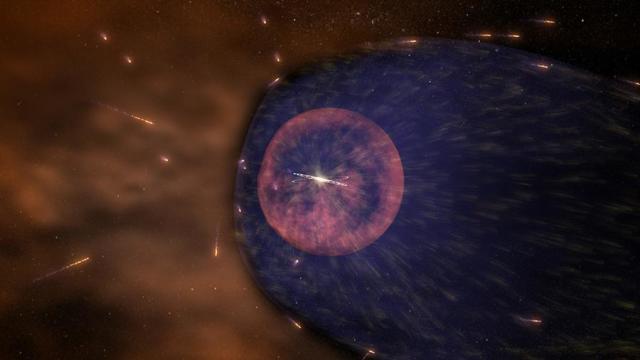NASA has developed the SHIELDS telescope probe, which is designed to study the heliosphere (the region of near-solar space that provides protection for all objects in the Solar System) and detect particles entering the Solar System from interstellar space.
It is noted that the first flight of such a suborbital rocket with a telescope on board will be carried out from the White Sands missile range in New Mexico on April 19.
The purpose of the SHIELDS mission is to study interstellar particles that, in turn, hit the Solar System. Scientists want to get important data about these particles, which will allow us to learn about the nearest boundaries of interstellar space.
"This is really the farthest boundary we can explore. We still know very little about what lies beyond that border. Fortunately, we can be helped in this by particles of interstellar matter that, after passing through this boundary, fall into the Solar system, " NASA quotes the chief researcher of the SHIELDS mission, a space physicist from the University of Arizona, Walt Harris.
At the same time, it is specified that the probe-telescope is placed on board the rocket, which in a few minutes after launch will reach an altitude of about 300 km. Then the device will focus on the "nose" part of the heliosphere in order to catch the light from the incoming hydrogen atoms.
According to scientists, such a study of particles will allow you to find out what the current section of interstellar space really is. This data will also be useful for the future generation, experts assure.
Earlier in the day, it became known that the Ingenuity unmanned helicopter conducted the first test flight on Mars. At the same time, it was noted that this device was the first such instrument that conducted a flight on another planet.
It rose about 3 m above the surface of Mars and stayed at this altitude for about 30 seconds, after which the helicopter landed. The drone transmitted images from its video camera to the Ground.

